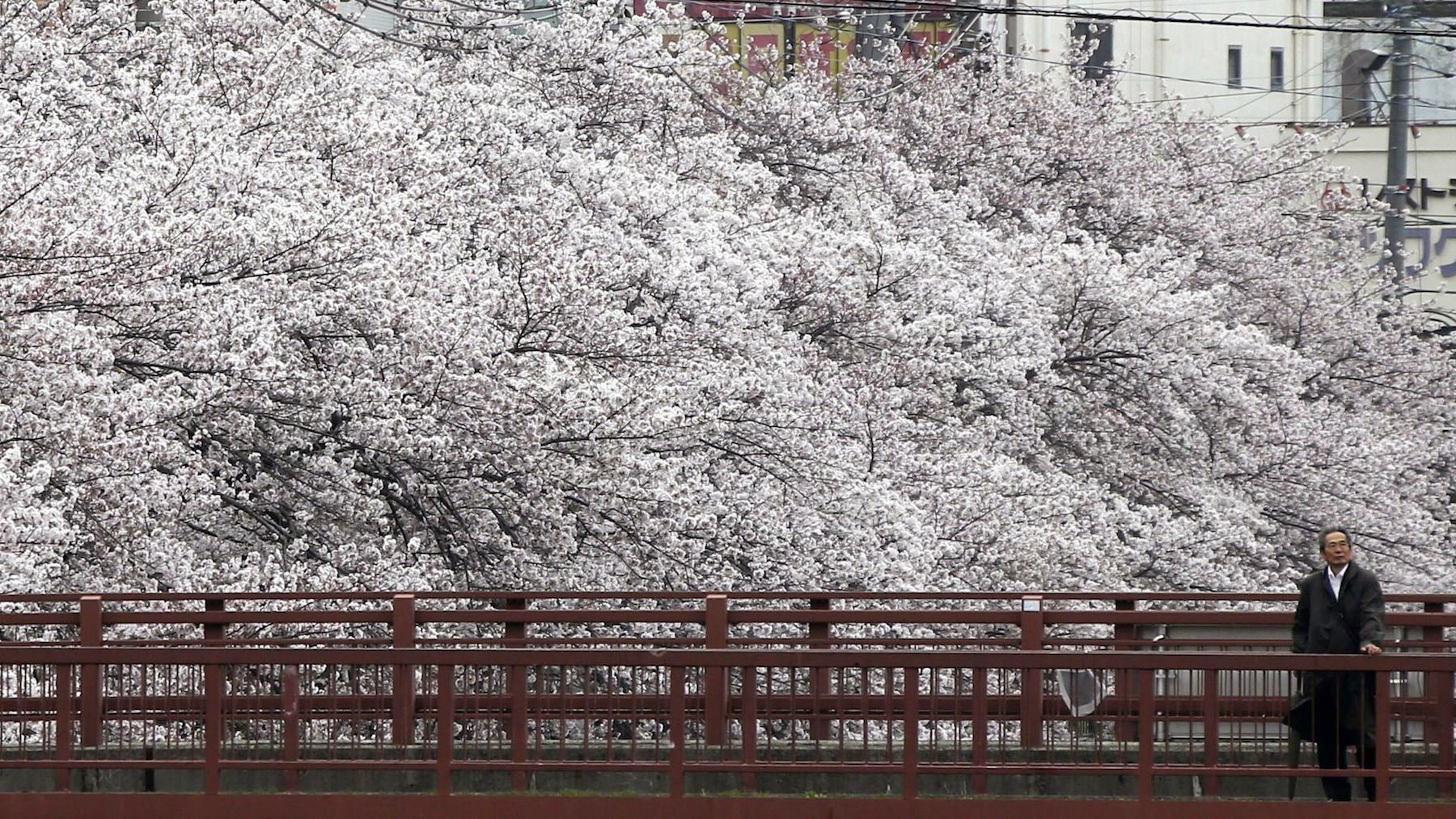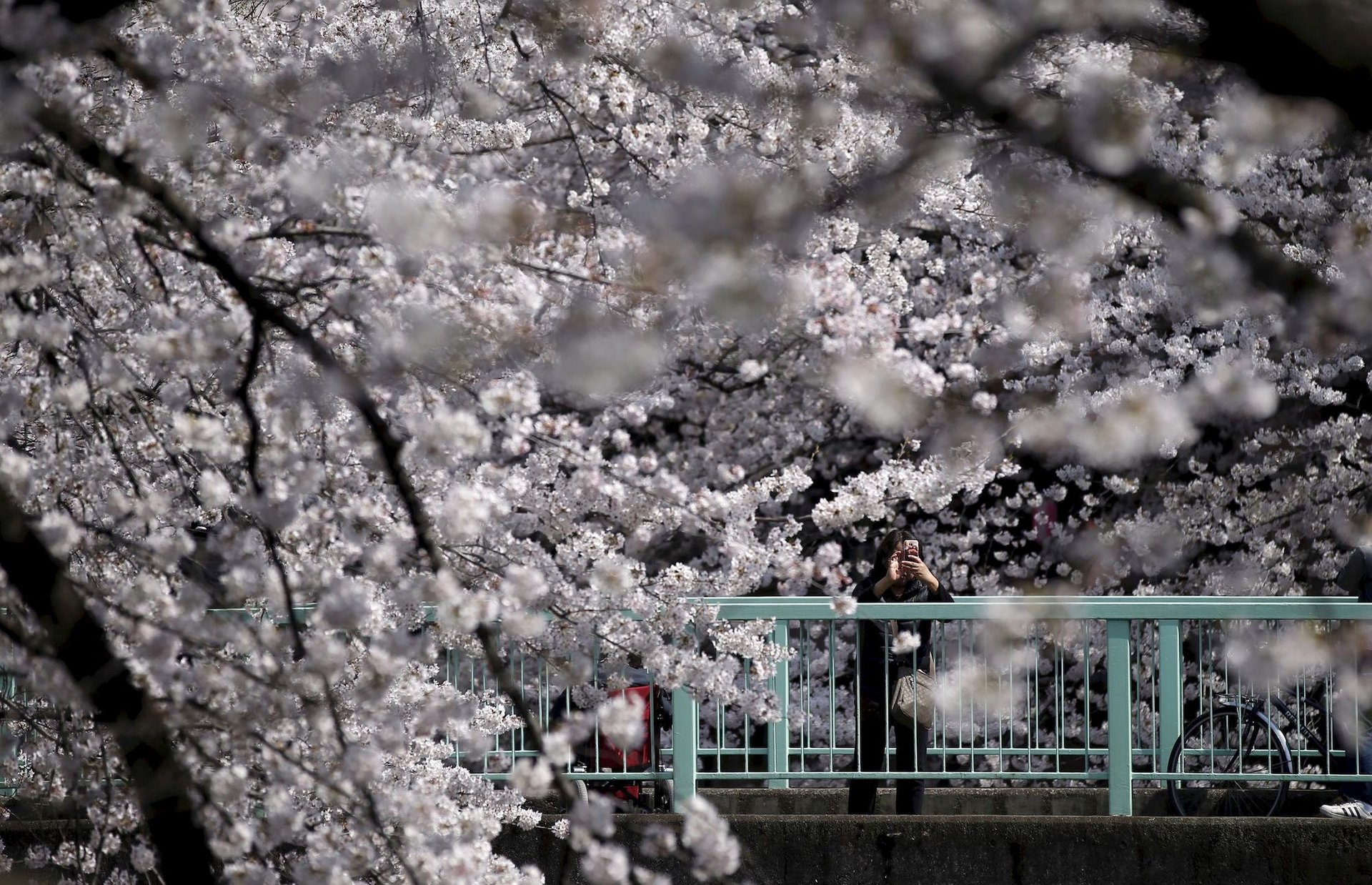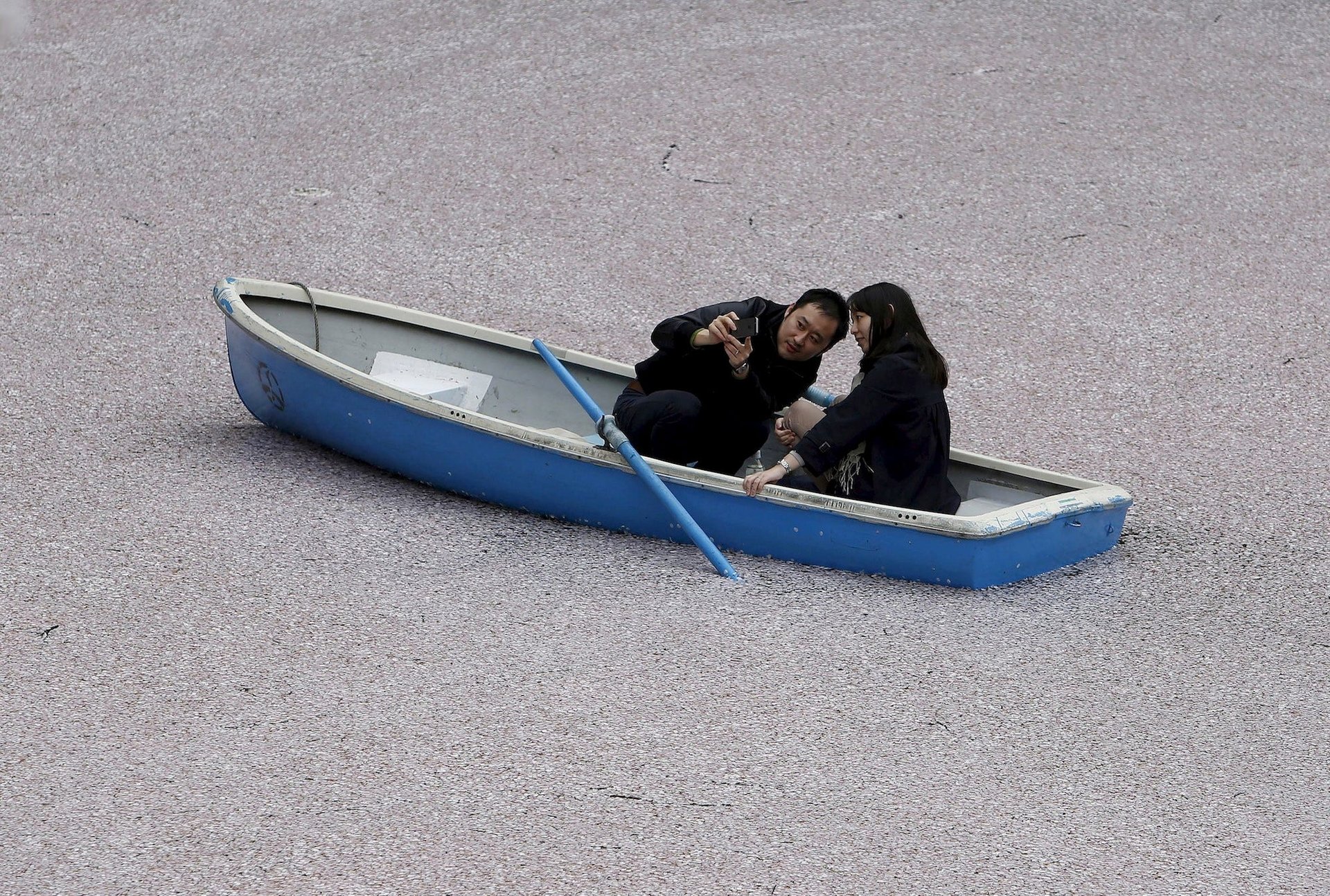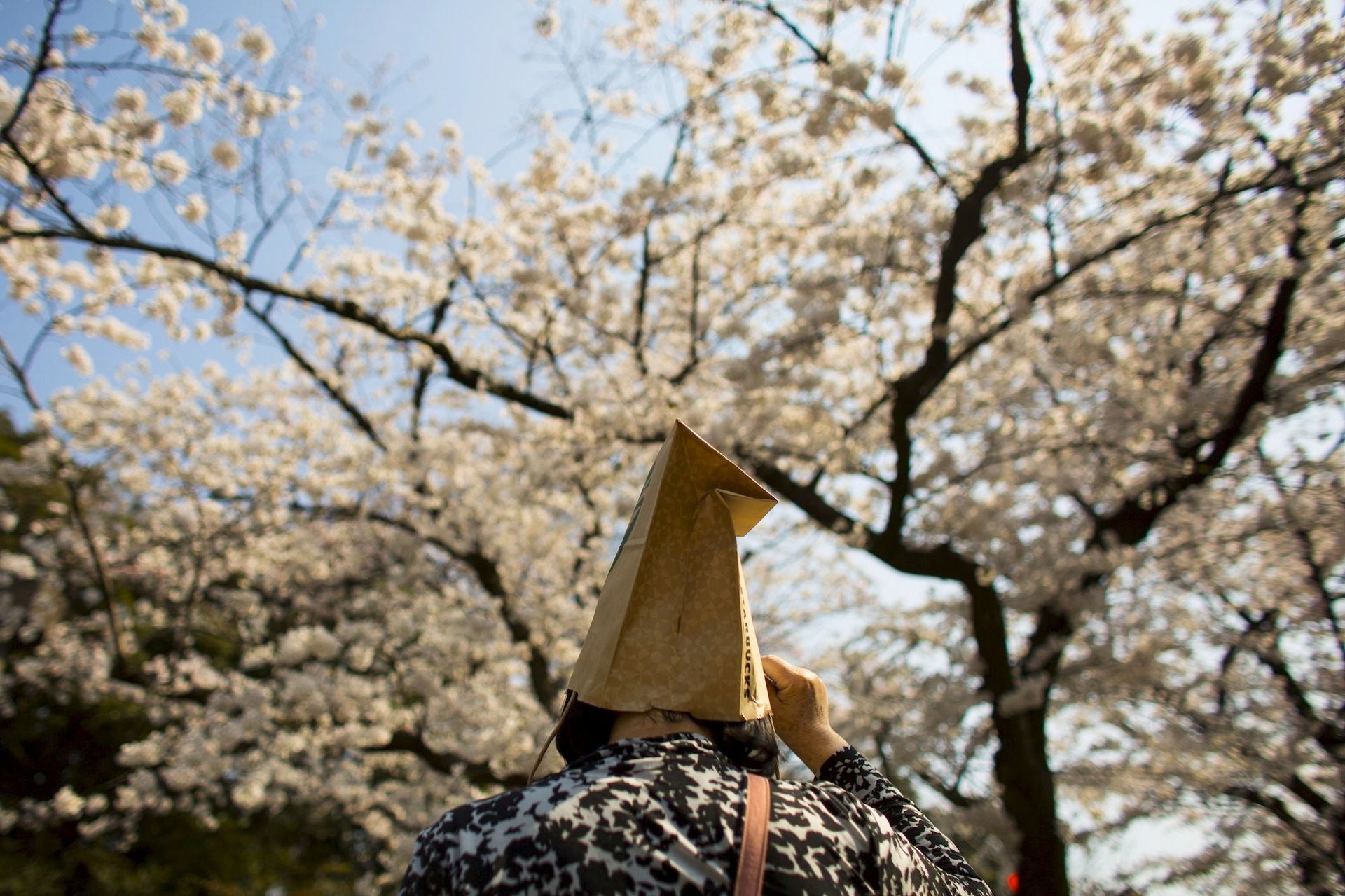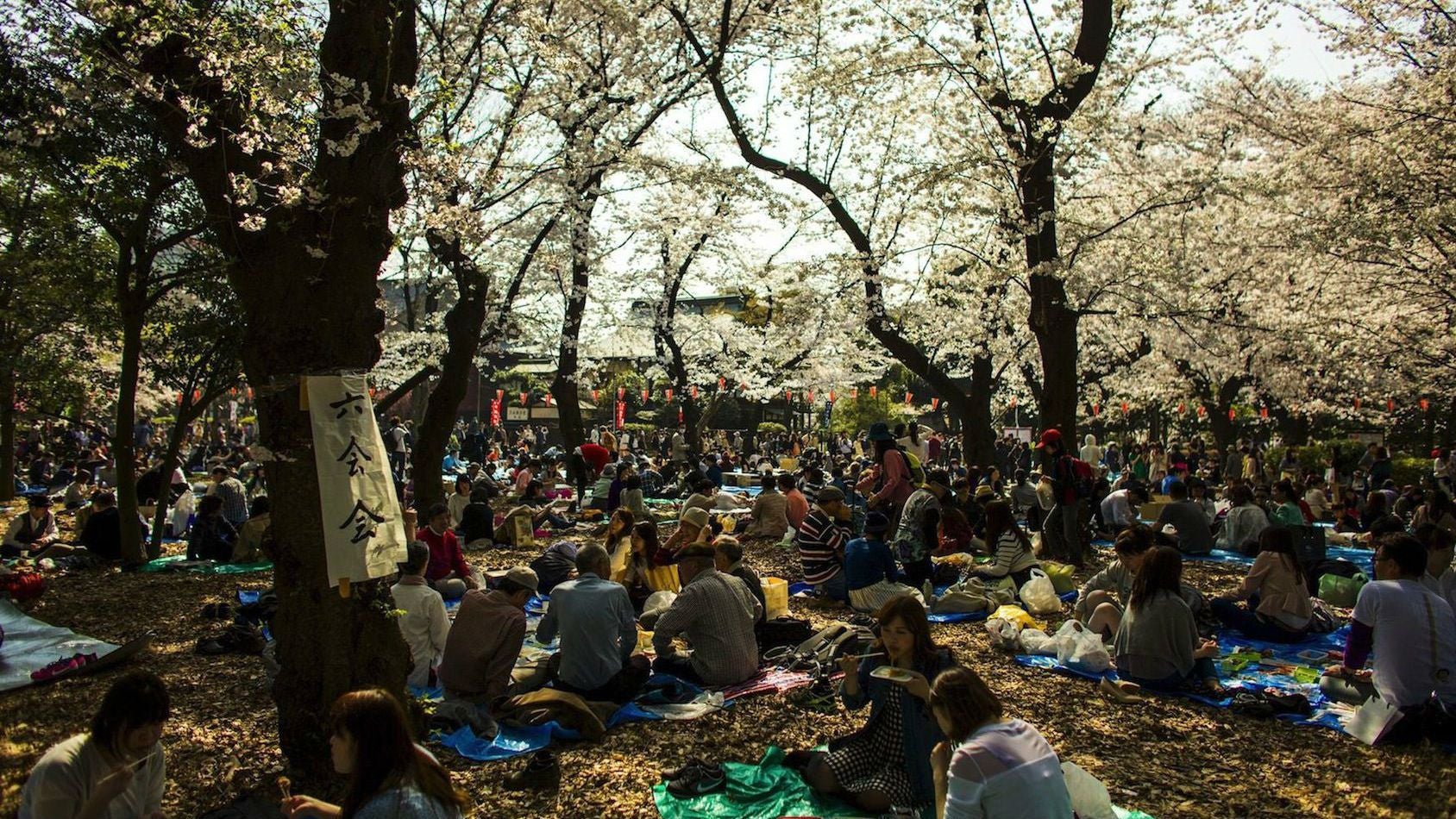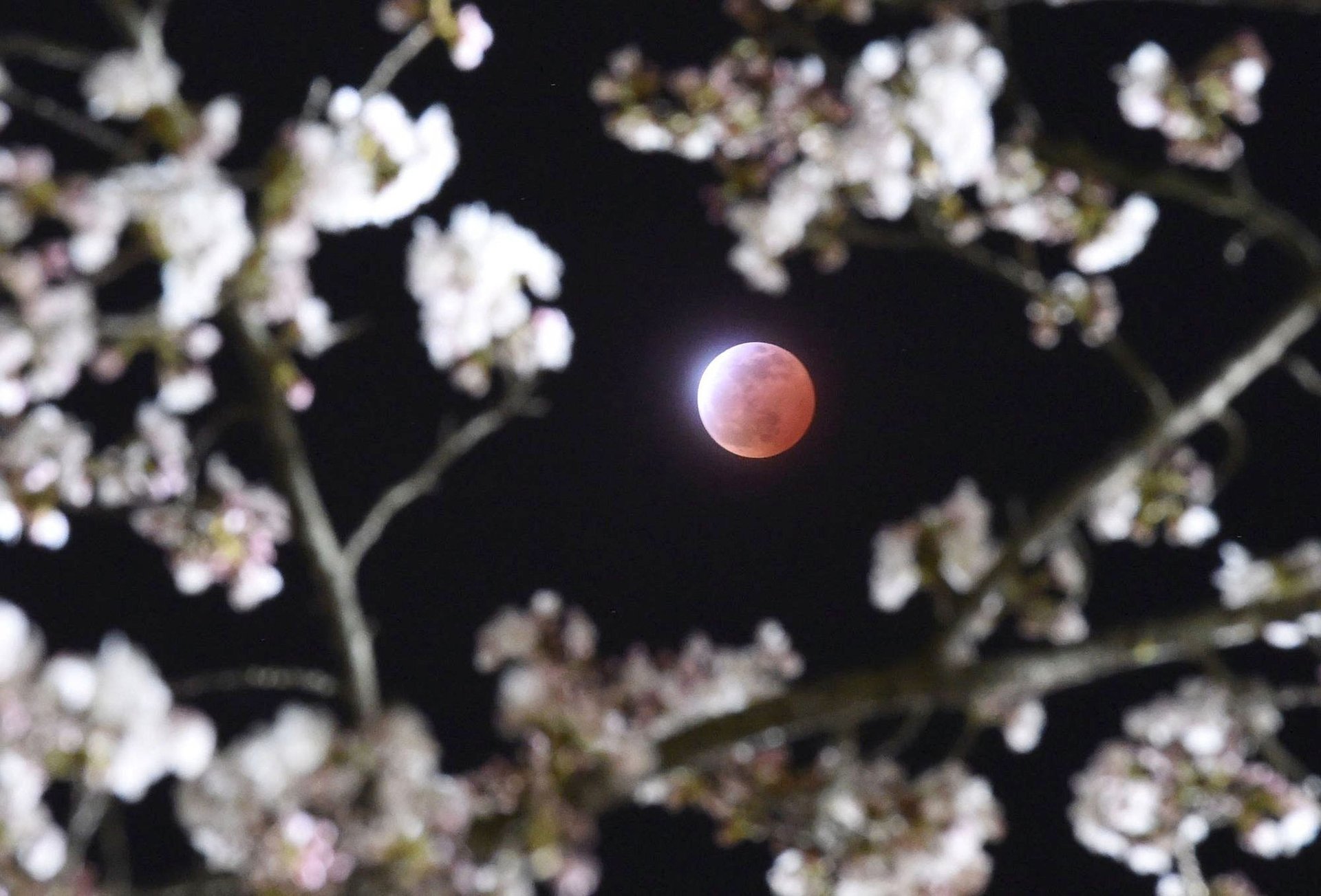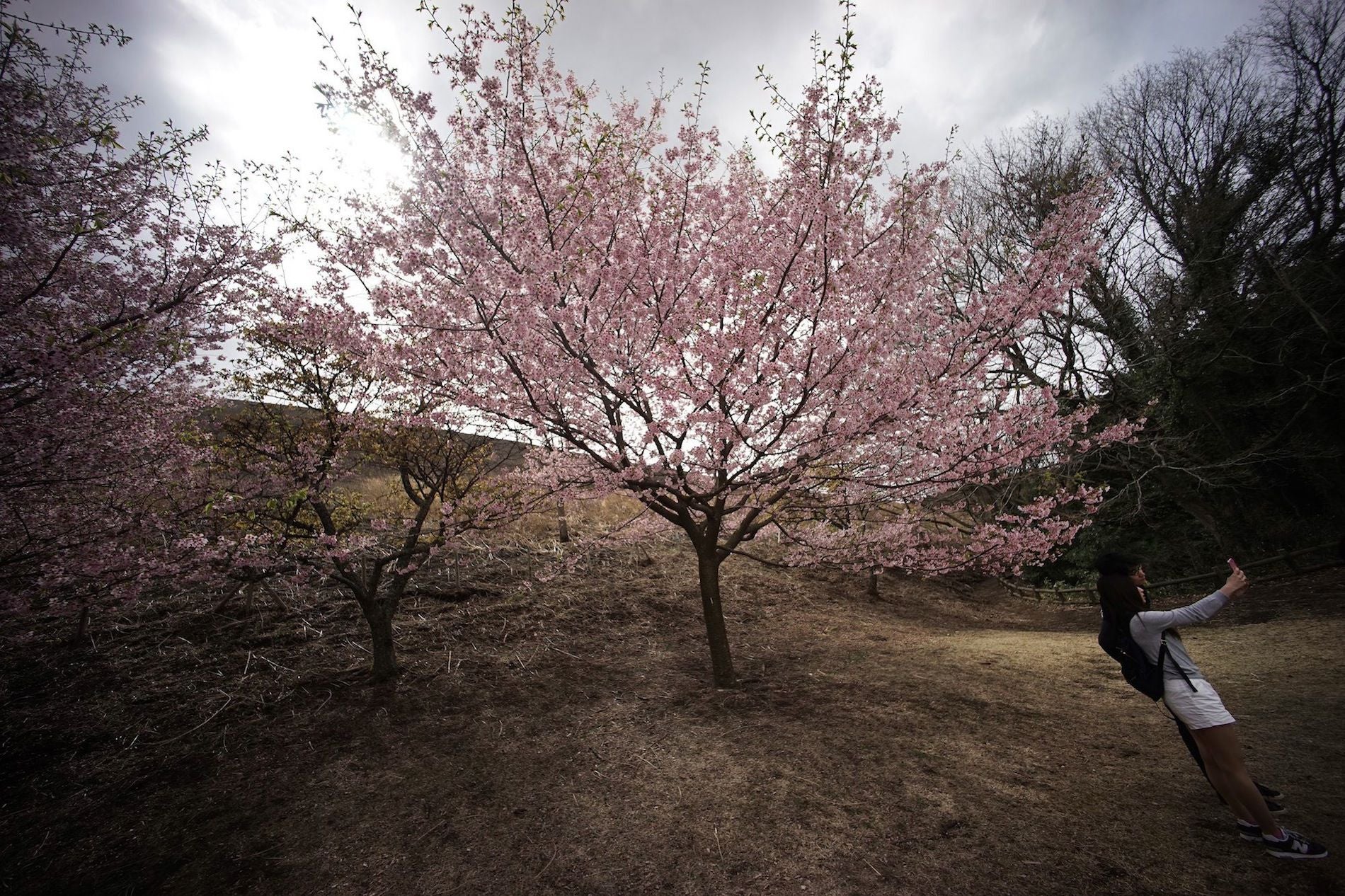Photos: This year’s cherry blossom season in Japan will be beautiful, and especially lucrative
Cherry blossoms, and the thousands of tourists that follow them, have descended on Japan. Hanami, or blossom viewing season, traditionally falls between March and May, and attracts hordes of tourists who chase the brief bloom of the trees across Japan. This year, a weakened Japanese yen is expected to attract a record number of visitors from elsewhere in Asia as well.
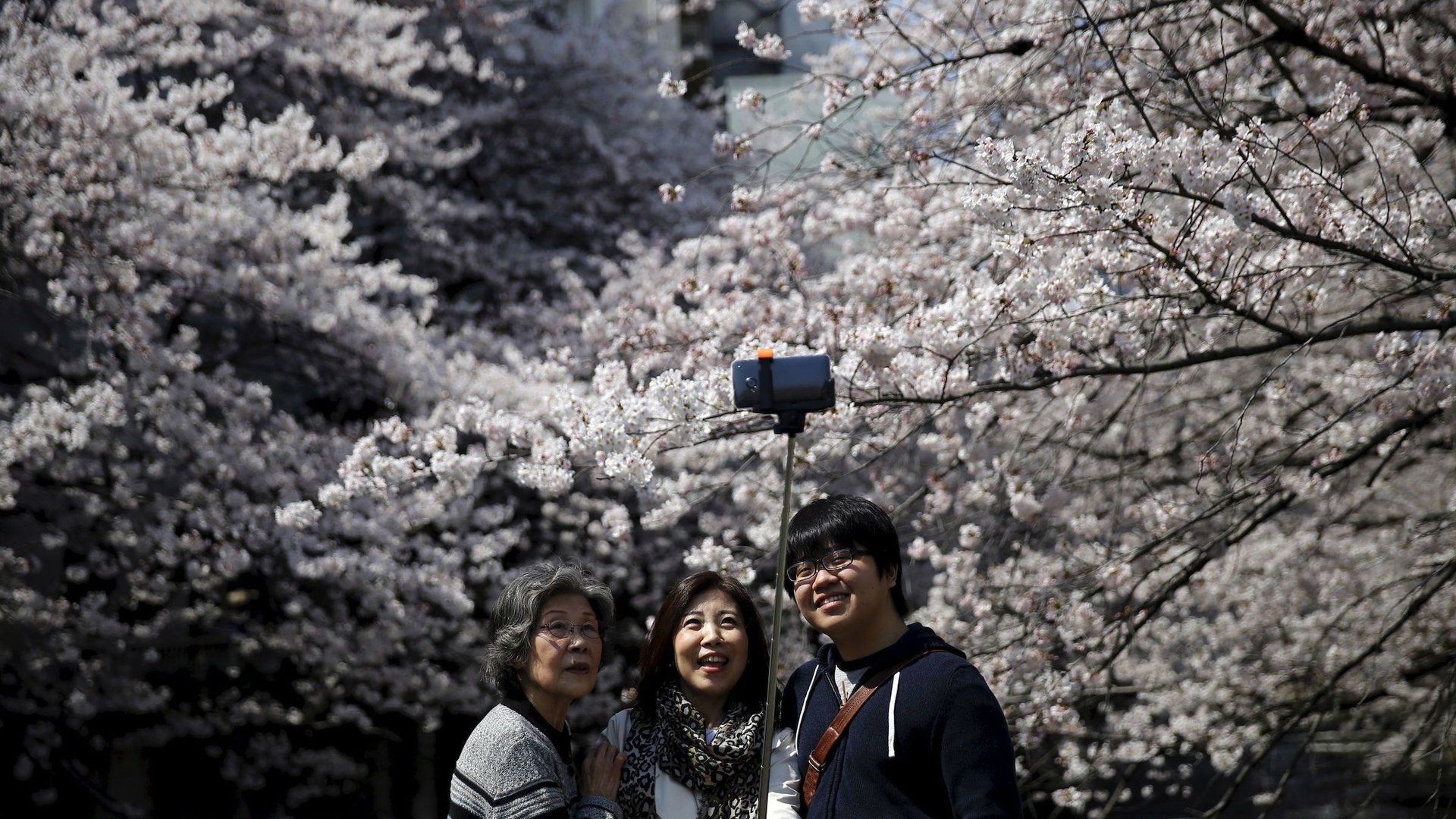

Cherry blossoms, and the thousands of tourists that follow them, have descended on Japan. Hanami, or blossom viewing season, traditionally falls between March and May, and attracts hordes of tourists who chase the brief bloom of the trees across Japan. This year, a weakened Japanese yen is expected to attract a record number of visitors from elsewhere in Asia as well.
In Japanese cherry blossom lore, the pink buds are supposed to embody the spirit of the samurai—warriors whose time on earth is brief but glorious. Northern Japan will see the best blooms in late April and May. (Here is a calendar for the expected bloom dates.)
Japan, currently the fourth largest travel and tourism economy in the world, is increasingly dependent on foreign visitors to fuel its economic recovery. A stated goal of Abenomics is to double visitors by 2020 to 20 million, and Japan has been relaxing visas and adding foreigner-friendly conveniences to meet that goal.
Tourism’s contribution the economy has grown steadily since 2003, and made up 2.2% of GDP in 2013. That contribution is expected to grow by 1.4% a year to ¥12.47 trillion or 2.3% of GDP by 2024, according to the World Travel and Tourism Council.
But this year’s figures suggest that prediction could be surpassed—as of February, the number of foreign tourists to Japan was up by 58% year on year, thanks mostly to a 159% increase in tourists from China.
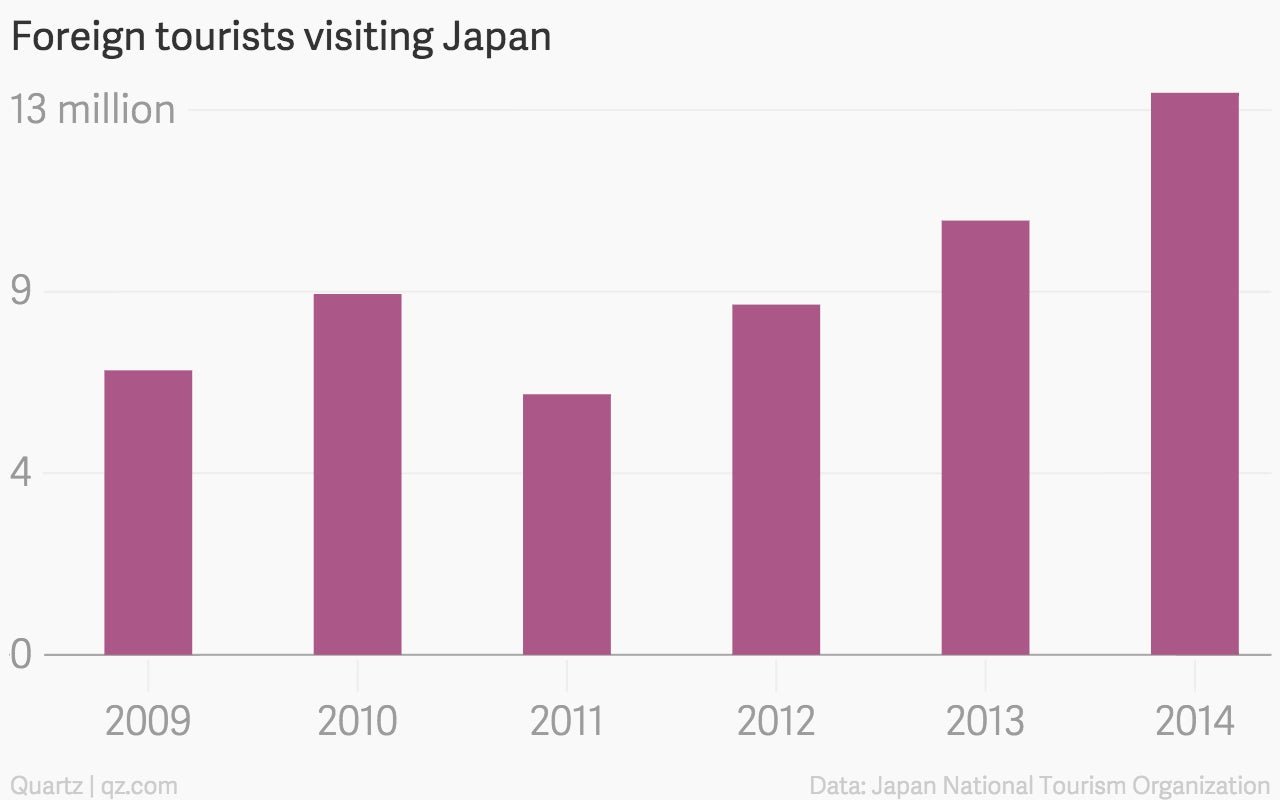
Sakura, cherry blossom, season is going to be huge. An estimated 350,000 Chinese are expected to spend as much as $1.1 billion on viewing tours and buying up things like cherry blossom bath salts, flavored sake, and blossom themed jewelry and food. The number of Korean tourists is expected to increase by 70% during the period as well, according to the Korean Daily.
Japan’s cherry blossoms have diplomatic value too: in 1912, the country gave a little over 3,000 trees to the United States. Many of those now line the Tidal Basin in Washington, D.C., which is also in full bloom right now.
